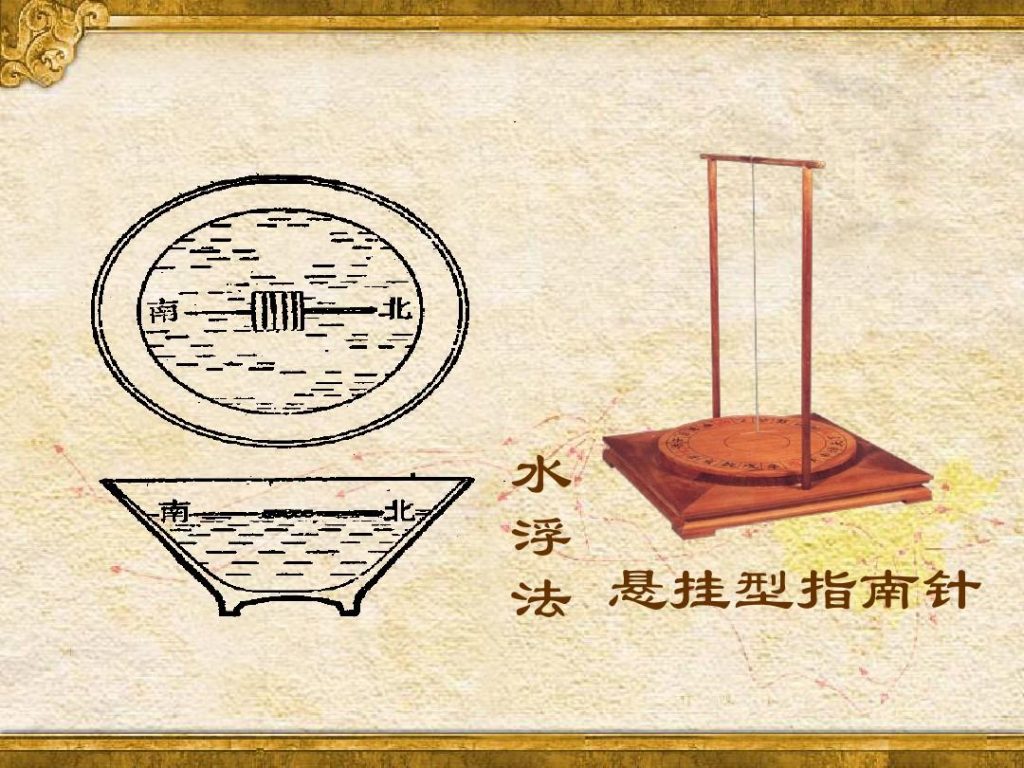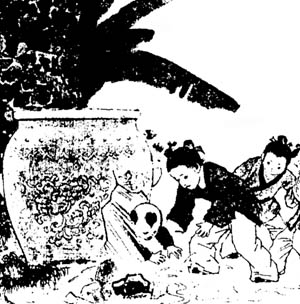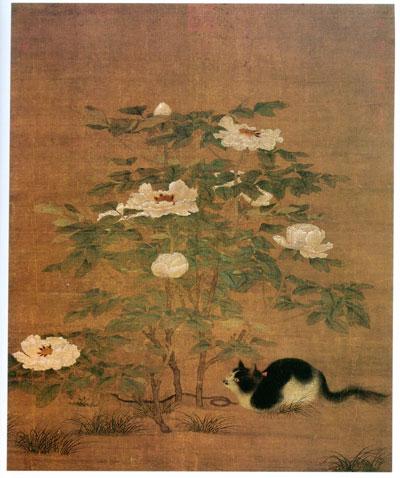Diversified Cultures in the Song and Yuan Dynasties
6 min readIn the Song Dynasty,the previous monopoly of power by military officials was broken and the national policy of“desisting from military activities and encouraging culture and education”was implemented.Against the backdrop of a thriving commodity economy,the rise of the citizen class and a relatively loose political atmosphere,such fields as science and technology,as well as ideology and culture,took on a new look.
The period saw a complete education system with schools at different levels. Theinstitutes of higher learning included private academies besides Guozijian (the Imperial College) and Taixue (the highest seat of learning). In 1308, Emperor Renzong of the Song Dynasty issued an order to set up schools in prefectures and counties nationwide. Meanwhile, private primary educational institutes and enlightening academies were widespread both in urban and rural areas. Such elementary textbooks as The Chinese Family Names and The Thousand-Character Classic were popularized in rural places, too. That resulted in far higher levels of overall education and literacy than in any previous dynasty.

The scientific and technological achievements during the Song and Yuan dynasties were mainly reflected in the improvement and wider application of the printing techniques, compass and gunpowder, as well as the renovation in cotton-spinning techniques.
Bi Sheng,a commoner of the Northern Song Dynasty, invented movable type printing, the earliest of its kind in the world. He engraved individual character models on clay, and then burned the clay. The clay blocks could be disassembled andstored after type setting and printing, and could be reused. The state of Xixia hadwood movable type technique. The movable type printing was successively introduced into Korea, Japan and Arab countries. The technique was further disseminated to Europe in the 13th century, and to Persia and Egypt through Xinjiang, making great contributions to world civilization.

The Song Dynasty saw the extensive use of the compass in ocean navigation. Sailors fixed the magnetized steel needle on a compass with carved directions t point north, making all-time navigation possible. In the Southern Song Dynasty, compasses were introduced to Europe through Arabia, offering significant foundations for their global voyage and the discovery of the “New Continent.”
In the Song Dynasty, gunpowder-making techniques were improved and gunpowder was widely used in military wars. In the Northern Song Dynasty, Guangbei Gongchengzuo, astate-owned arm shop, was specially set up, which successively invented combustibleand explosive firearms, as well as “toxic smoke ball”and pipe-shaped guns used to shoot bullets. In the middle 13th century, gunpowder was introduced to Arabian and later to Europe, arousing a sensation in European society.
While talking about the Europe before the presence of textile machines in the18th century in his book Capital, Marx said,”It isn’t easier to find a spinner who can spin two threads simultaneously than to find a double-headed man.”But in the early 14th century, Huang Daopo,a working woman in the Yuan Dynasty, could spin three threads at the same time. Based on the principle of how a hemp spinner worked, she restructured the one-thread spinner powered by hand into a three-thread spinner powered by feet. Huang further created a set of systematic advanced techniques used in every part of textile-making, from cotton seed grinding, cotton fluffing, andspinning, to crossing threads and color matching in cloth weaving, which led to fundamental changes in the cotton textile sector in Songjiang area and helped it become an important part of the handicraft sector. In the Yuan Dynasty, cotton gradually replaced silk and hemp, becoming a kind of widely adopted raw material for clothes.

Guo Shoujing, an astronomer in the Yuan Dynasty, invented a new type of armillary sphere-equatorial torquetum, which was easy to use and compact. It was created 300 years earlier than similar devices invented in Europe.
The Chinese philosophy underwent great changes in the Song Dynasty. Cheng Hao and Cheng Yi of the Northern Song Dynasty and Zhu Xi of the Southern Song Dynasty abstracted the concepts of the three cardinal guides and five ethical norms to”law,”and set up Neo-Confucianism, jointly called “Cheng-Zhu Neo-Confucianism.”It argued the validity of despotism and class orders between the ruler and the subjects and father and son from the height of philosophy. They insisted on deepening experience to pre-existing “law”on the basis of experiencing knowledge by means of investigation of things and finally understanding the law. Lu Jiuyuan,a scholar of the Southern Song Dynasty, proclaimed that “the universe is my mind and vice versa”and one should conduct self-examination. His philosophy is called the School of Mind.
Cheng-Zhu Neo-Confucianism emphasized the immutability of the three cardinal guides and five ethical norms to maintain the rule of despotism and compress the natural appeal of the people and generated adverse influence. However, Neo-Confucianism attaches importance to will, moral integrity, moral character, self- discipline and working energetically, and emphasizes one’s social responsibility and historical mission, highlighting the dignity of human beings.
Cheng-Zhu Neo-Confucianism set up an exquisite and rigid theoretical system andbecame the mainstream of Confucianism, having a far-reaching impact on political life, cultural education and social cultivation.
In the Song Dynasty, the emerging Ci was the mainstream in Chinese literature. Ci, also known as the “long and short sentences,”made it easy to express one’s ideas flexibly and could be sung accompanied by music. After Tang Dynasty poetry, Ci poetry was another peak in ancient Chinese literature. Su Shi and Xin Qiji were representatives of the Heroic School of Ci poetry. Su Shi’s Ci poetry was open and vast, elegant and unconstrained. The Ci poetry of Xin Qiji, who lived in the chaos caused by war in the Southern Song Dynasty, were generous, fevered and sorrowful. Inthe Song Dynasty, urban life was rich, so the Gracious School of Ci poetry emerged. Liu Yong was a representative. His poems were periphrastic and implicit, and were so popular that there was a saying that “where there was a well, there were people singing Liu Yong’s Ci poetry.”Li Qingzhao was the most noticeable woman Ci poet in the Song Dynasty. The style of her poems was distinct. In the early stage, her poems were happy and joyful, while in the later stage after the destruction of the state and the death of her husband, her poems conveyed feelings of homelessness and regret at the country’s rise and fall.
Zaju opera of the Yuan Dynasty is a kind of opera art that combines multiple performing forms,including poetry and Ci poetry,music,dancing,role-playing,singing and dialogue,to tell a complete story.Zaju as a popular form of art gotunprecedented development in the period,showing that popular literature that is close to commoners’life and highlights story-telling began to rise as the mainstream of the literature.Guan Hanqing was the most famous of all the playwrights in the Yuan Dynasty.His representative work The In justice Suffered by Dou E complained about the official corruption through the injustice done to Dou E,who was grief-stricken and crying“Earth!How can you be the Earth since you can’ tell right from wrong?Heaven!How can you be the Heaven since you mistake the good for the guilty?”The Romance of the Western Chamber,created by Wang Shifu,another playwright of the Yuan Dynasty,told the love story of Zhang Sheng and Cui Yingying,conveying the common aspiration of young couples to oppose traditional restraint and struggle for free love.
The rise of the Neo-Confucianism made scholars pay more attention to self-cultivation.As for calligraphy,there were four great calligraphy artists in the Song Dynasty,namely Su Shi,Huang Tingjian,Mi Fu and Cai Xiang.They admired the calligraphic style of the Wei and Jin Dynasties,stressed personality,ignored rules,and advocated“with verve and without rules.”The landscape paintings of the time focused more on the impressionistic style and expressions of temperament and highlighted verve and spirit.Among the realistic paintings that showed ordinar life,Along the River during the Qingming Festival by Zhang Zeduan of the Northern Song Dynasty,was the most famous of all.By adopting the“scattered dot” perspective painting technique,the painter vividly reproduced the prosperous scenesin Bianjing and along the Bianke River at the end of the Northern Song Dynasty on a five-meter-long scrolling paper,making those who watch it feel like“being personally in the bustling crowds in the city of Bianjing.”
From the loth to the 13th century,Europe was oppressed by feudal land ownership.The serfs were humble in position and ideology was still fettered by theological obscuration.On the other hand,the great inventions and their application,as well as the boom in urban economy and overseas trade in the Song Dynasty of the same period, marked a new height of Chinese social economy and technology, giving it a leading position in the world at the time.








